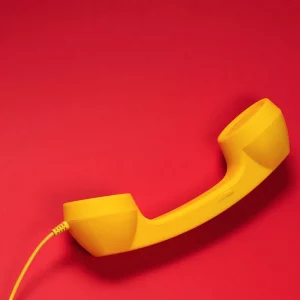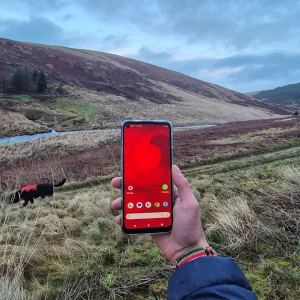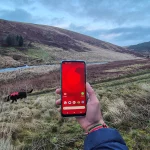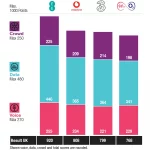Sponsored Links
Ofcom UK Moots Using FM Radio Spectrum for White Space Wireless Broadband
Posted: 08th Jul, 2011 By: MarkJ

 Somehow we managed to overlook this. The communications regulator, Ofcom UK, has expanded its current investigations into the viability of White Space Wireless Broadband technology (explained below) to include making use of the outgoing FM Radio (87MHz to 108MHz) spectrum.
Somehow we managed to overlook this. The communications regulator, Ofcom UK, has expanded its current investigations into the viability of White Space Wireless Broadband technology (explained below) to include making use of the outgoing FM Radio (87MHz to 108MHz) spectrum.Until now "white space" typically referred to the gaps in Ultra High Frequency radio spectrum that exist between Digital TV (DTV) channels. These gaps limit the potential for interference but could also be used to boost Mobile Broadband and Wi-Fi coverage / capacity. The TV spectrum travels further and more easily through walls, making them ideal for such purposes.
Now Ofcom has surprised some observers by suggesting that White Space Devices could also become new users of the freed up FM Radio airwaves. On the surface this seems like a good idea, with such signals having a massive reach and huge potential for boosting wireless internet access. But can it work?
Ofcom's CEO, Ed Richards, said:
"Our first principle has to be that any future use of the FM band is an efficient use of radio spectrum. There must be certainty for smaller and community stations, that do not move across to DAB. These will continue to play their important role, and FM is an appropriate technology for the scale at which they operate.
White Space Devices offer a creative solution that would not only use spectrum to its full capacity, but would also work alongside existing smaller FM radio stations. This could be done without causing interference and without any commercial conflict.
This approach not only would spur on technological innovation but it could also further restrict the opportunity for pirates to fill in the gaps caused by careful spectrum planning."
"Our first principle has to be that any future use of the FM band is an efficient use of radio spectrum. There must be certainty for smaller and community stations, that do not move across to DAB. These will continue to play their important role, and FM is an appropriate technology for the scale at which they operate.
White Space Devices offer a creative solution that would not only use spectrum to its full capacity, but would also work alongside existing smaller FM radio stations. This could be done without causing interference and without any commercial conflict.
This approach not only would spur on technological innovation but it could also further restrict the opportunity for pirates to fill in the gaps caused by careful spectrum planning."
If only it were that easy. The UK government anticipates that "all large scale radio stations will migrate to digital" (e.g. DAB) and eventually cease to broadcast on analogue FM radio, possibly in 2015. Smaller stations are expected to remain on FM.
The problem is that Digital Radio (DAB) has, at least in the eyes of many consumers, been a failure. Some radio stations have dropped DAB due to lack of uptake and people simply aren't buying them, often due to high cost, design, general quality concerns (e.g. reception issues) and the fact that they only seem to duplicate what already exists.
Another key problem is that analogue FM radio, which is a GLOBAL standard, can be found just about anywhere; it's cheap and good at what it does. It's in our car radios, home TV sets, mobile phones, traffic warning services, marine radios, GPS systems and even some watches. Many of these things are costly or almost impossible to convert.
Not that we're against the idea of SOME FM spectrum being used for "White Space" technology, which is currently being trialled in the UK by several firms including BT, Microsoft, Neul and others, but in reality the government's plan to force us all onto DAB seems at best incredibly naive.
Search ISP News
Search ISP Listings
Search ISP Reviews
Latest UK ISP News








Cheap BIG ISPs for 100Mbps+
150,000+ Customers | View More ISPs
Cheapest ISPs for 100Mbps+
Modest Availability | View More ISPs
Latest UK ISP News
Helpful ISP Guides and Tips
Sponsored Links
The Top 15 Category Tags
- FTTP (6773)
- BT (3877)
- Politics (3062)
- Business (2757)
- Openreach (2654)
- Building Digital UK (2505)
- Mobile Broadband (2463)
- FTTC (2139)
- Statistics (2119)
- 4G (2083)
- Virgin Media (2013)
- Ofcom Regulation (1773)
- 5G (1720)
- Fibre Optic (1598)
- Wireless Internet (1591)
Sponsored
Copyright © 1999 to Present - ISPreview.co.uk - All Rights Reserved - Terms , Privacy and Cookie Policy , Links , Website Rules
































